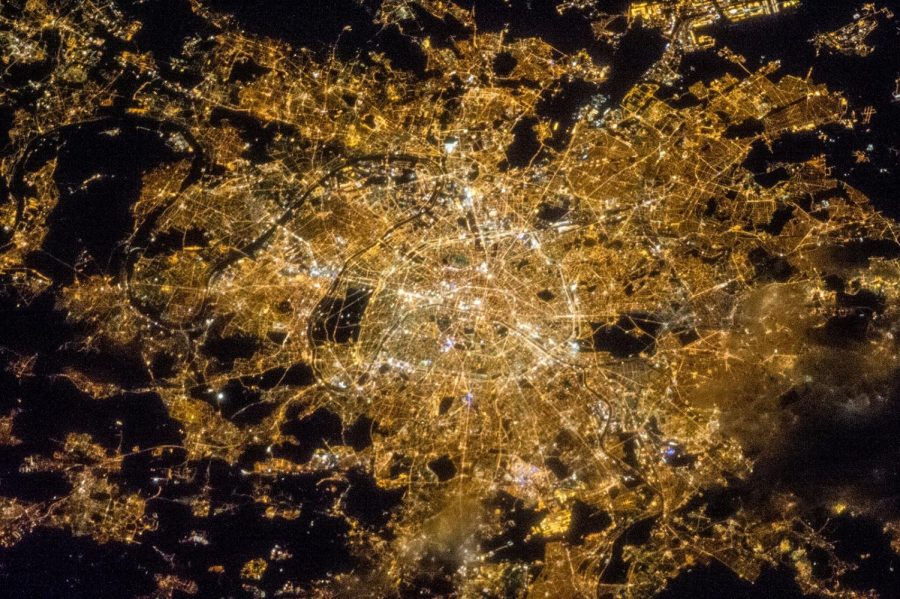The sight of city lights can be beautiful, but it masks a grander, more elusive view: the night sky.
There are little to no places on Earth that aren’t affected by light pollution. According to Globe At Night, a little more than 100 years ago, wherever you were, you could walk outside and see the Milky Way Galaxy. Today, the galaxy can only be seen at a dark sky site location, far from cities and bright lights.
Among the many kinds of pollutions our planet faces, light pollution is often overlooked. According to the International Dark-Sky Association, light pollution consists of multiple different components: glare, skyglow, light trespass, and clutter.
Kumar Srinivasan, an astrophotographer called The Starry Knight, notes the separation and connections lost from light pollution.
“Since all this growth of technology and lighting, it’s one of the hallmarks of our modern technological civilization. But we have lost our connection with the universe. The scene, the Milky Way. I feel like it’s what connects us to the universe.” Srinivasan said.
In July 2021, Srinivasan got to see the Milky Way Galaxy in Lake Tahoe. As an astrophotographer, Srinivasan notes the capabilities of photography as well as their distinction from seeing the night sky in person.
“There are tools and techniques that we can use to cut back on the noise even from a light-polluted area,” Srinivasan said. “But when I was there in Squaw Valley, looking at the Milky Way, I didn’t want to be doing photography. I wanted to be out there looking with my eyes. I love astrophotography, but I feel like I’m also missing out on what’s really there.”
Recently, concerns over light pollution have grown. Light pollution can affect the human circadian rhythm, which is regulated by the day and night cycle.
“Having constant light can mess up this cycle. There’s a lot of people that have trouble sleeping that’s related to it. A study in Israel showed an increase in breast cancer rates in places with more light pollution,” said Michael O’Neall, the Carlmont AP environmental teacher. “Having your daily rhythm messed up can mess with your sleep and can cause other health effects because everything in your body is interconnected.”
Besides the effects on human health, studies have shown that light pollution has had adverse effects on many ecosystems and wildlife. Artificial light messes up bird species’ migratory patterns. Millions of baby sea turtles die every year as they’re being drawn away from the bright horizon of the ocean by light pollution. Fireflies face endangerment as artificial light suppresses the courtship flashes of the firefly pairs.
“When we add light to the environment, that has the potential to disrupt habitat, just like running a bulldozer over the landscape can,” said Chad Moore, formerly of the National Park Service.
In addition to the issues to ecosystems, light pollution is a sign of excessive energy use. According to Globe At Night, lighting is responsible for at least one-fourth of all electricity consumption worldwide. It becomes a waste of cost and carbon footprint.
With the growing concerns of light pollution, environmentalists and city officials are looking for alternatives and solutions to combat the issue at hand. Alternatives include choosing LED lights with cooler temperatures, avoiding all blue light at night, motion sensor lighting, and only using the lights when it’s needed. Fortunately, according to NASA, light pollution is reversible and there’s time for a change.
“It’s great to know that light pollution is reversible. It gives me hope that we can make a change,” said Daniel Arakaki, a senior.












